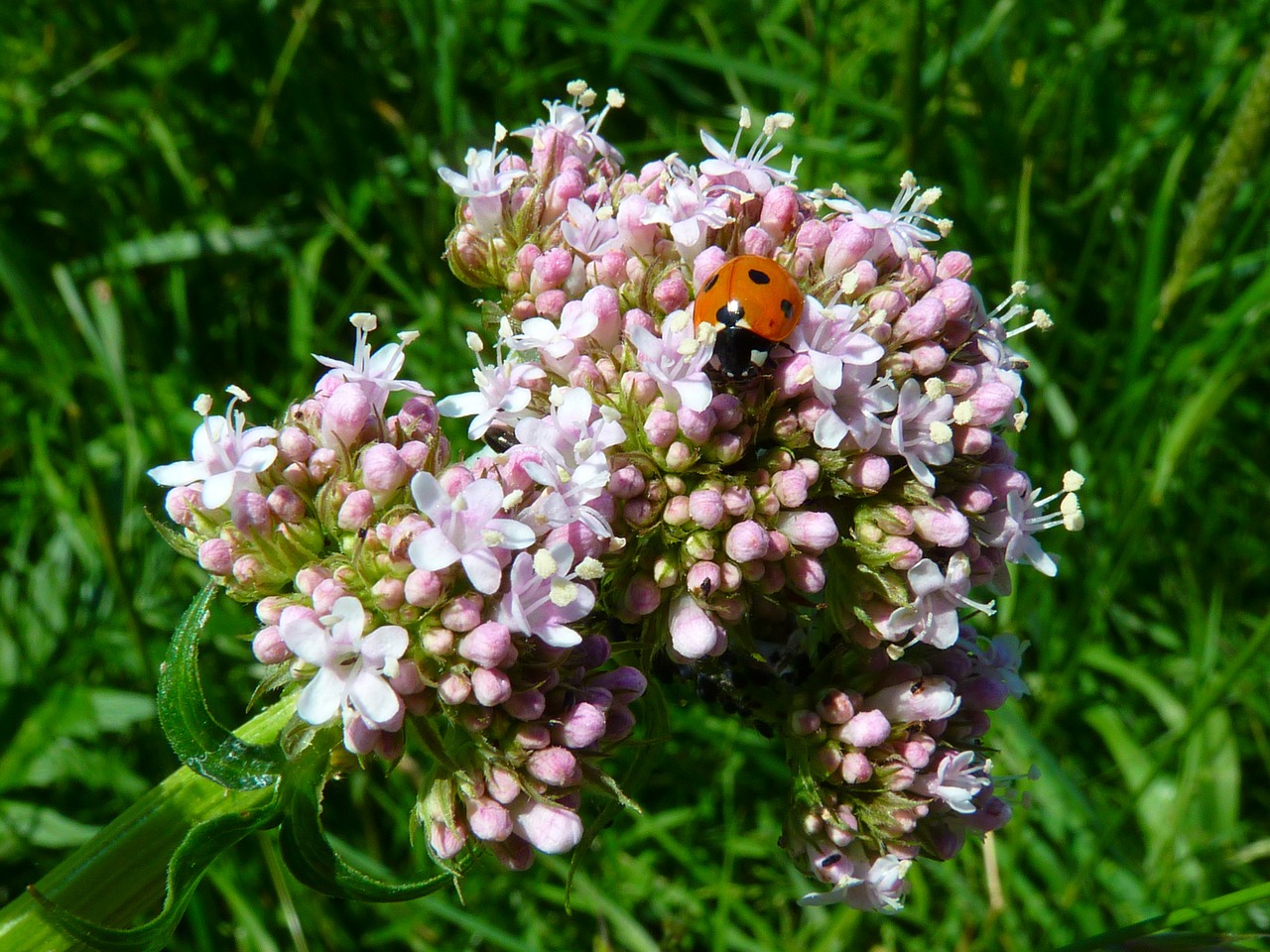This fact sheet provides basic information about the herb valerian — common names, uses, potential side effects, and resources for more information. Valerian is a plant native to Europe and Asia; it is also found in North America.
Common Names—valerian, all-heal, garden heliotrope
Latin Name—Valeriana officinalis
What it’s Used For
• Valerian has long been used for sleep disorders and anxiety.
• This medicinal herb has also been used for other conditions, such as headaches, depression, irregular heartbeat, and trembling.
How it’s Used
The roots and rhizomes (underground stems) are typically used to make supplements, including capsules, tablets, and liquid extracts, as well as teas.
What the Science Says
• Research suggests that valerian may be helpful for insomnia, to help you get a better night’s sleep, but there is not enough evidence from well-designed studies to confirm this.
• There is not enough scientific evidence to determine whether valerian works for anxiety or for other conditions, such as depression and headaches.
• NCCAM is funding a study to look at the effects of this herb on sleep in healthy older adults and in people with Parkinson’s disease.
Side Effects and Cautions
• Studies suggest that valerian is generally safe to use for short periods of time (for example, 4 to 6 weeks).
• No information is available about the long-term safety of valerian.
• Use caution when using this herb as it can cause mild side effects, such as headaches, dizziness, upset stomach, and tiredness the morning after its use.
• Tell your health care providers about any herb or dietary supplement you are using, including valerian. This helps to ensure safe and coordinated care.
Sources
Office of Dietary Supplements and National Center for Complementary and Alternative Medicine. Questions and Answers About Valerian for Insomnia and Other Sleep Disorders. Office of Dietary Supplements Web site. Accessed at Really Long Link on May 3, 2006.
Valerian. Natural Medicines Comprehensive Database Web site. Accessed at http://www.naturaldatabase.com on May 3, 2006.
Valerian (Valeriana officinalis L.). Natural Standard Database Web site. Accessed at http://www.naturalstandard.com on May 3, 2006.
Valerian root (Valeriana officinalis). In: Blumenthal M, Goldberg A, Brinckman J, eds. Herbal Medicine: Expanded Commission E Monographs. Newton, MA: Lippincott Williams & Wilkins; 2000:394-400.
Awang DVC, Leung AY. Valerian. In: Coates P, Blackman M, Cragg G, et al., eds. Encyclopedia of Dietary Supplements. New York, NY: Marcel Dekker; 2005:687-700.
This publication is not copyrighted and is in the public domain. Duplication is encouraged. NCCAM has provided this material for your information. It is not intended to substitute for the medical expertise and advice of your primary health care provider. We encourage you to discuss any decisions about treatment or care with your health care provider. The mention of any product, service, or therapy is not an endorsement by NCCAM.










+ There are no comments
Add yours